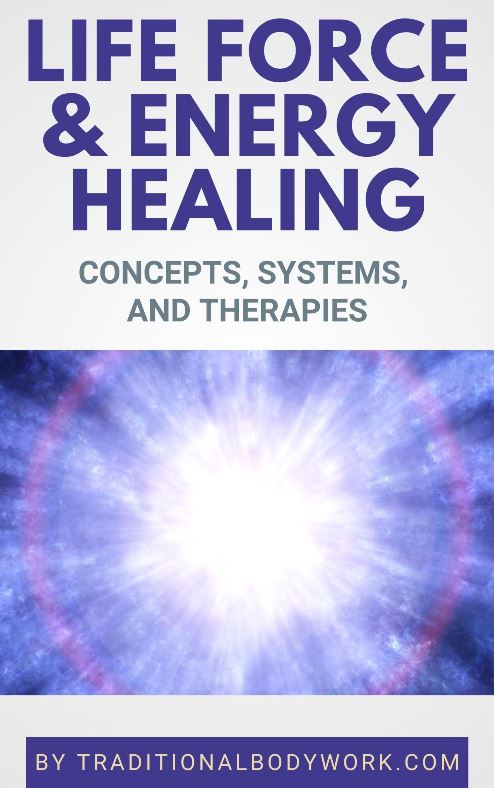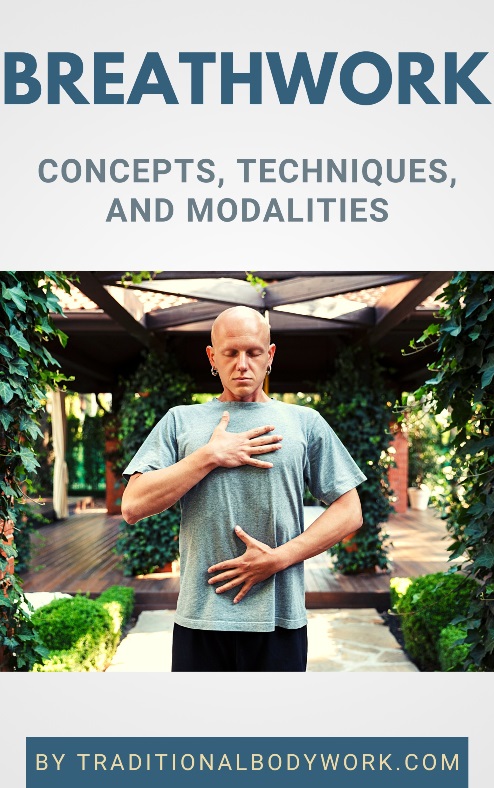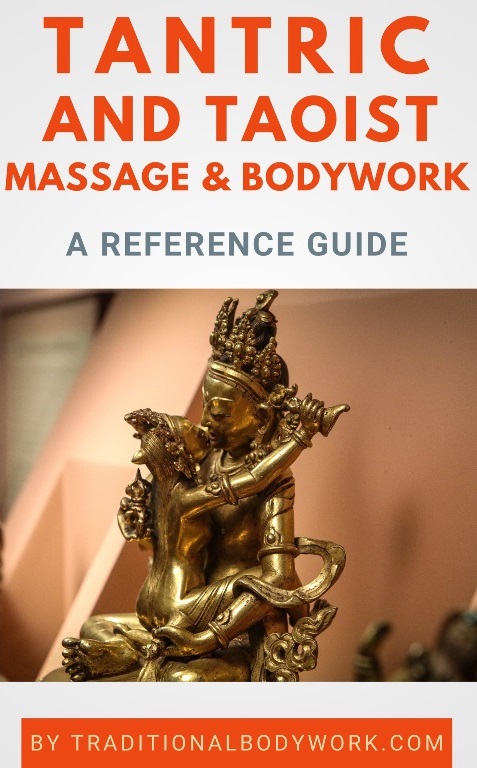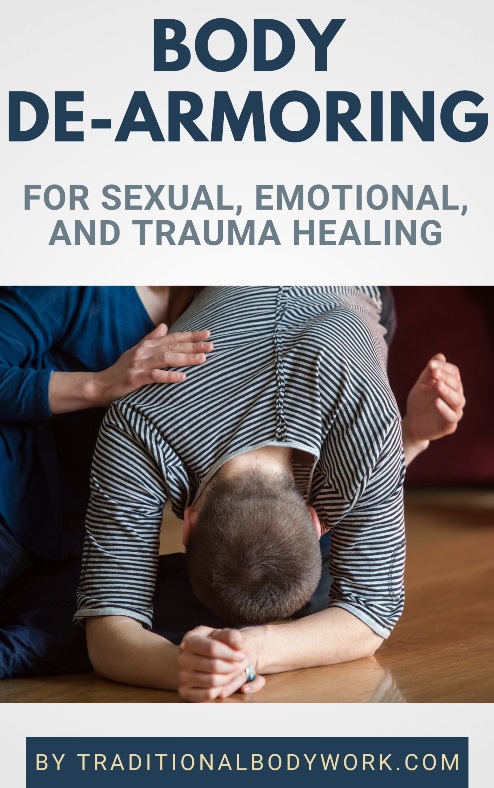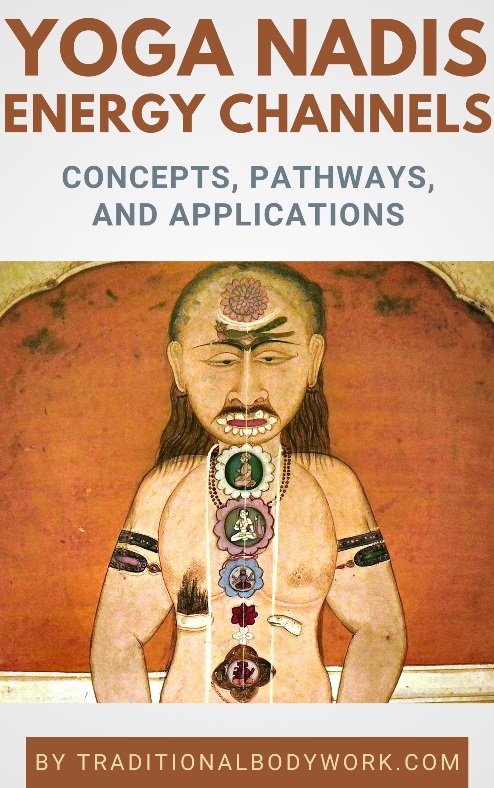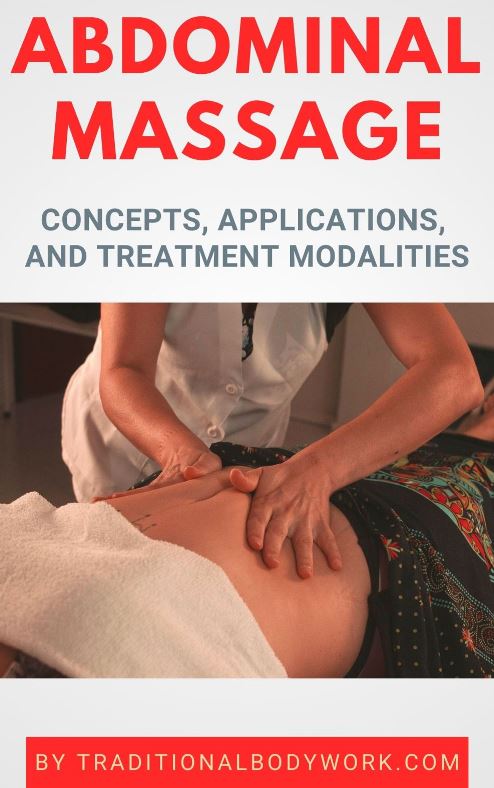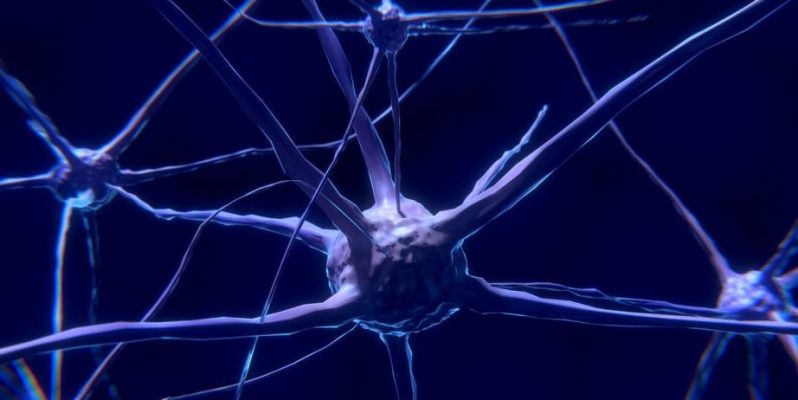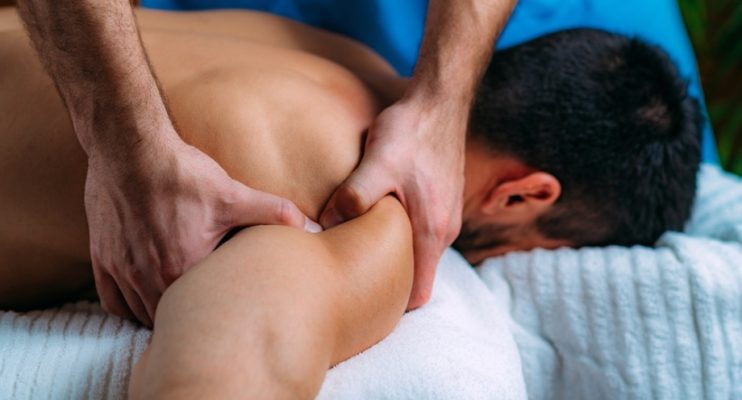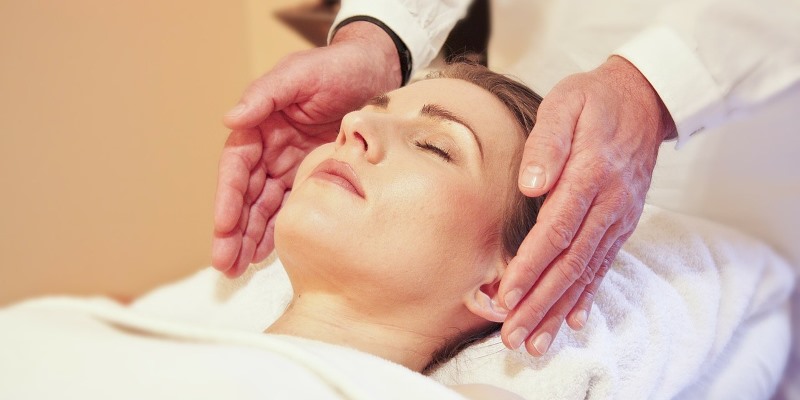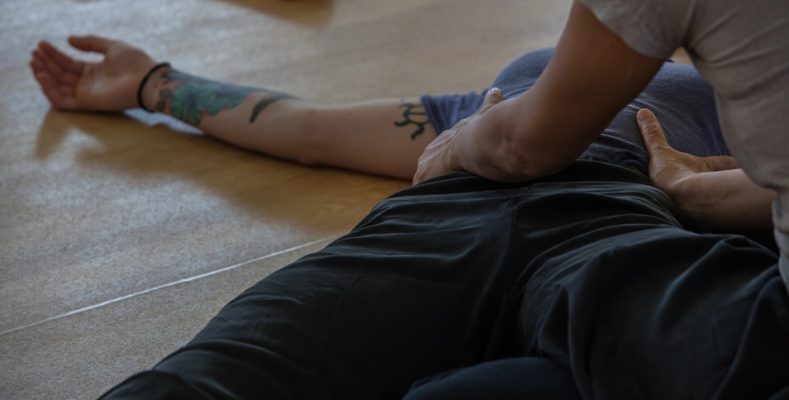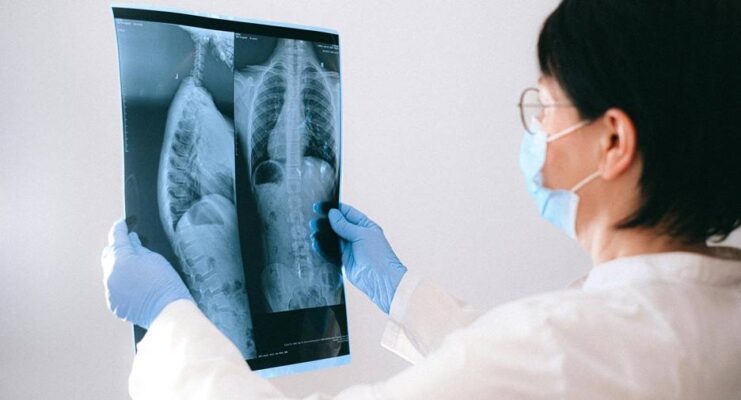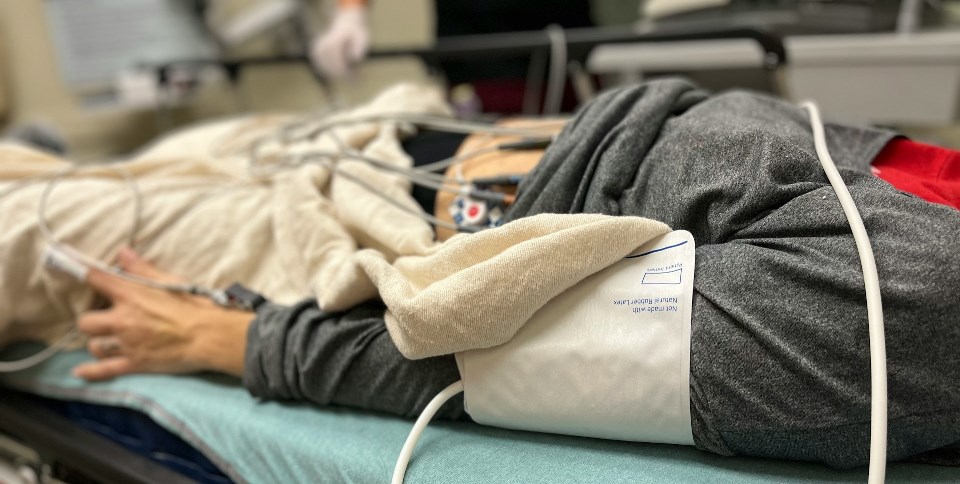
Life can change in an instant. A small misstep on uneven pavement or a sudden collision can leave lasting marks. Beyond the actual injuries, you may experience a lot more. Muscles may tighten, posture can shift, and subtle imbalances often appear.
Mental strain, anxiety, or hypervigilance may accompany physical discomfort. Even minor injuries can affect daily movement, breathing, and engagement with the world.
True healing goes beyond surface wounds. It involves nurturing the body, calming the nervous system, and rebuilding confidence. These practices help both mind and body feel whole again, restoring balance and resilience after unexpected events.
When You May Need Help
Everyday routines carry hidden risks, from mishaps at work to falls at home and accidents on the busy roads. Let us consider the example of road accident injuries because they are perhaps the most common of all.
Some cities, like Fayetteville, are even considered among “America’s least walkable,” where poor infrastructure and car-heavy design make even short walks risky. Such incidents don’t just cause immediate injury; they can leave lingering tension, guarded movement, and stress in the body.
Legal support can help manage financial and medical recovery. Car accident victims may work with a Fayetteville car accident lawyer, while pedestrians might consult a personal injury lawyer.
While getting justice and compensation gives you peace of mind, true healing goes beyond legal or financial matters. It requires a holistic approach that nurtures both body and mind.
Gentle Movement Practices to Restore Ease
Holistic movement practices, like the Feldenkrais Method and the Alexander Technique, help retrain the body to move with ease and awareness. These methods focus on mindful, intentional movement, helping people notice patterns that cause tension or strain. By exploring new ways to stand, walk, or reach, the body distributes effort more efficiently, reducing stress on muscles and joints.
Everyday activities, such as walking, climbing stairs, or bending, become chances to reconnect with natural movement patterns. Over time, these practices restore physical function and build confidence in the body’s abilities. They encourage freer movement, prevent re-injury, and improve awareness of posture, alignment, and breath for overall well-being.
Breathwork and Nervous System Reset
Breathwork is a vital practice for calming the nervous system and releasing tension after sudden trauma. Techniques like diaphragmatic breathing, guided exhales, and mindful breath patterns signal the body that it is safe to relax. This is especially important because research shows trauma can leave lasting psychological effects.
Nearly half of road crash victims in one study developed persistent crash-related psychological conditions within two years. The risk was higher for individuals aged 16 or older, those with severe arm or leg injuries, or anyone with prior joint disorders.
Regular breathwork can help counteract these lingering effects, easing anxiety, reducing hypervigilance, and supporting emotional recovery. By integrating mindful breathing into holistic healing routines, survivors gradually reclaim a sense of safety, control, and balance in both body and mind.
Massage, Somatic Work, and Energy Therapies
Massage therapy is a cornerstone of holistic healing, helping to release muscular tension and improve blood flow throughout the body.
Myofascial Release
This hands-on technique targets the fascia, the connective tissue surrounding muscles and organs, to ease restrictions. By applying gentle, sustained pressure, it releases tight spots that limit movement, reduce flexibility, or cause chronic pain. Over time, it can improve posture, enhance circulation, and support overall mobility, allowing the body to move more freely and efficiently.
Craniosacral Therapy
Practitioners use a delicate, precise touch to work with the skull, spine, and nervous system. This therapy addresses subtle imbalances that create tension, promoting deep relaxation. Encouraging the natural flow of cerebrospinal fluid and calming the nervous system, it helps the body restore equilibrium. Consequently, it supports healing from both physical strain and emotional stress.
Trauma-Informed Touch
This approach focuses on areas where the body stores emotional trauma, fear, or stress. Gentle manipulation combined with trauma awareness allows practitioners to release held tension safely. It fosters emotional and physical relief simultaneously, helping individuals feel more grounded, reduce anxiety, and reconnect with their bodies after challenging experiences.
Reiki and Energy-Based Practices
Reiki channels life-force energy to harmonize the body’s energy system. It promotes overall vitality, supports physical and emotional recovery, and complements other holistic treatments. Balancing mind, body, and spirit, it enhances well-being, helps alleviate stress, and encourages a sense of inner calm and renewal.
Combined, these approaches create a comprehensive path to recovery, nurturing both body and mind.
They help restore flexibility, reduce pain, and rebuild confidence in movement while also fostering emotional balance and resilience. Holistic care encourages long-term well-being and renewed strength.
FAQs
Why is body-centered therapy important after a car accident?
Body-centered therapy addresses both physical and emotional scars from accidents. Techniques like massage, craniosacral therapy, and breathwork ease tension, calm the nervous system, and restore movement. They help survivors rebuild trust in their bodies while complementing medical treatment and counseling.
Can somatic practices reduce anxiety after trauma?
Yes. Somatic practices like yoga, breathwork, and trauma-informed massage target the nervous system. They reduce hypervigilance, calm panic responses, and create a sense of safety. These methods reconnect survivors with their bodies, making emotional healing more achievable alongside traditional psychological support.
What role does massage therapy play in recovery?
Massage therapy helps boost circulation, ease inflammation, and reduce pain. Beyond physical benefits, trauma-informed massage releases stored stress and encourages relaxation. For survivors of crashes, this dual impact helps both muscles and emotions recover, supporting a more complete rehabilitation process.
Overall, recovery is about giving both body and mind the space to release tension, heal, and gradually regain strength. Holistic practices offer a structured path toward resilience, addressing physical, emotional, and energetic needs simultaneously.
They help survivors restore balance, rebuild confidence, and reclaim freedom of movement. Over time, these approaches support emotional well-being, reduce stress, and cultivate a renewed sense of safety.

